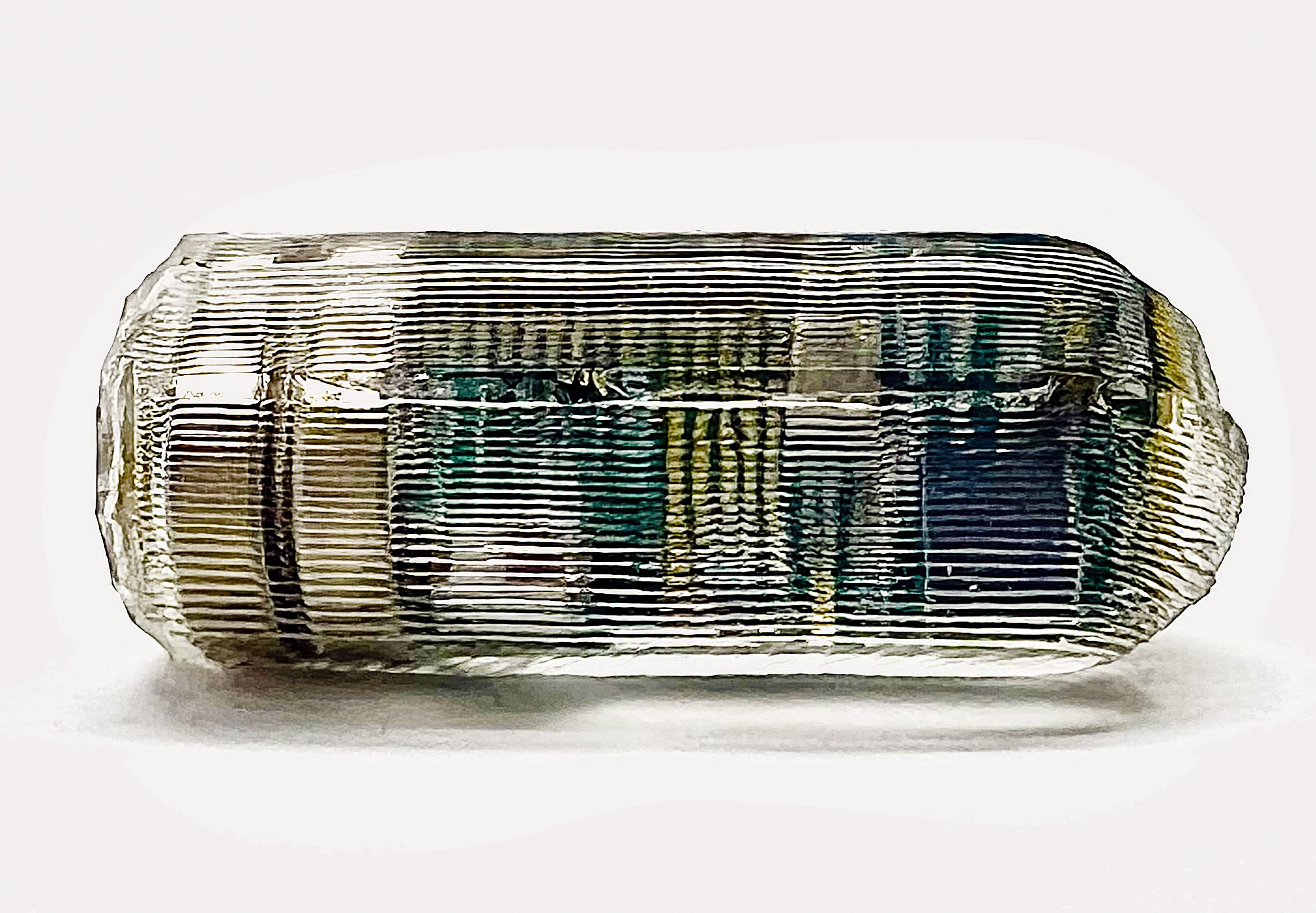![]()
GI trouble? Swallow this sensor.
The tiny sensor measures a magnetic field produced by an electromagnetic coil outside the body. Its progress can be calculated from the measurements because the field’s strength weakens with distance from the coil. The hope is that doctors could use this information to determine what part of the digestive tract is causing a slowdown and help decide on a treatment.

To help pinpoint the swallowed pill’s location, a second sensor remains outside the body as a reference point. This sensor could be taped to the skin, while the coil could be placed in a pocket or backpack, or even on the back of a toilet. A wireless transmitter sends the magnetic field measurement to a nearby computer or smartphone.
“The ability to characterize motility without the need for radiation, in-hospital visits, or more invasive placement of devices could lower the barrier for people to be evaluated,” says Giovanni Traverso, a senior author of the study, who is an associate professor of mechanical engineering at MIT and a gastroenterologist at Brigham and Women’s Hospital. The researchers now hope to work with collaborators on manufacturing processes and eventually to test the system in humans.
